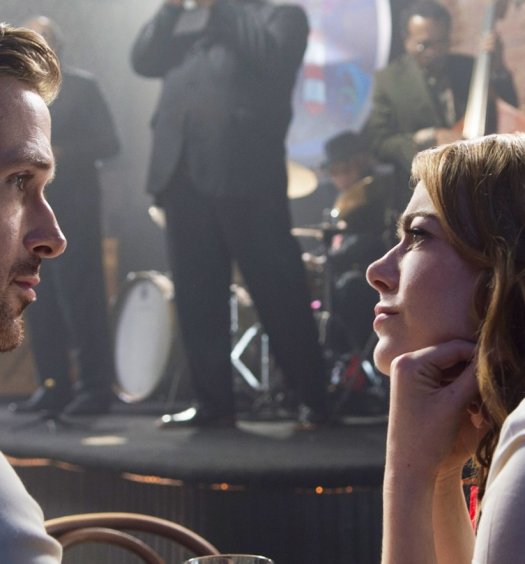Dagdi Chawl was designed keeping in mind the cinematic sequences: Parul Sondh

Production Designer Parul Sondh
The film spans roughly five decades right from the Bombay mills’ strikes of the 1970s to the early 2010s when Arun Gawli was sentenced to life imprisonment. What pointers did you focus on with regards to each era’s production design and art?
A lot of research went into each era. And every decade, worldwide, in general, is distinct – what the 60s had in terms of architecture, décor, electronics is different from the 70s, so on and so forth. Even in terms of analog machines/electronics like radios etc., there were brands that were introduced in the 70s and there were different ones in the 80s. So the idea that its analog and can fit into pre digital decades was not enough – it had to be a brand from that specific era. Specifics of each era were researched – architecture, décor, magazines/newspaper, advertisements, upholstery, electronics, home products along with reading up on the socio political environment of each decade. All of this together helped the recreation.
What references did you look for in particular and how did you embellish your execution with those references?
I am big on photo documentation. We recreated the Dagdi Chawl set in Versova, so apart from reading up on chawl architecture and working with an architect (Soumya Kannan) on the set design, I also had an extensive photographic documentation of the existing chawls in Mumbai (interior/exterior). The exteriors worked well with all eras but the interiors worked well mostly with the 2000s, so for the other eras, I referred to documentary photography (housing and spaces) of the 60s/70s/80s from all around as the décor/interior trends of these decades were similar worldwide.
Did you take what artistic liberties with Dagdi chawl to make the sets compatible with action sequences?
Dagdi Chawl was designed keeping in mind the cinematic sequences, be it action or otherwise. Though the layout is not much different from the original, the space we created is larger.
What percentage of the film has been shot on real locations and how did you bring those locations in the cinematic canvas?
Dagdi Chawl was the main set that we created in Versova – where all the Dagdi chawl sequences were shot across decades, Gawli’s home, his mother’s house, balconies, alleys, corridors, Ganesh Pandal, BRA office, basement tunnel, prayer room etc.
Though the rest is shot on real locations, there is a heavy amount of art involved. From the jails to the interrogation room to Maqsood’s house, all the bars, restaurants, gambling den, court etc. there is a set built everywhere.
There’s a shift in the color palette as the story progresses. How did you work in tandem with the Cinematographer to bring that out?
It’s more of a lighting palette shift than color shift. Ashim wanted each era to be distinguished by a specific light palette. As far as the color palette is concerned, we kept it earthy and natural, gradually going to strong colors in the 70s and 80s and finally muting it in the 2000s.






